Have you ever witnessed the quiet transformation of a rescue cat as it slowly lets love back into its life? There’s something truly magical and heartwarming about watching a once-fearful feline begin to trust, play, and even cuddle again. Each small step—a gentle purr, a playful paw—becomes a milestone in their journey from uncertainty to affection. These moments don’t just tug at your heartstrings; they tell a beautiful story of resilience, hope, and the healing power of patience. For every cat lover who has opened their home to a rescue, these signs are both victories and reminders that love, no matter how broken, can be rebuilt. Let’s explore the unforgettable moments that show a rescue cat is learning to love again.
1. The First Cautious Glance

When a rescue cat first arrives in a new home, their eyes reveal everything. At first, they may hide under furniture, peering out with wide, wary eyes. That initial glance, though hesitant, is a big step. It means they’re starting to observe their new environment and you, their new caretaker. This moment is filled with curiosity mixed with fear, but it’s also a sign that your presence is being noticed. The soft gaze, instead of a hard stare, marks the beginning of trust. Many owners recall the first time their rescue cat looked at them without flinching. It may seem small, but this glance is the first thread in the bond you will weave together.
2. Tiny Steps Out of Hiding

At first, a rescue cat will likely find a safe spot—a closet, behind the couch, or under the bed—and stay put. The first time they venture out, even if just a few hesitant steps, it’s a major breakthrough. You might catch them sneaking into the room when they think you’re not looking. Their body language is timid, tails low, and ears perked up. But this is the cat’s way of saying, “I’m curious about you.” Gradually, those short expeditions grow longer, and their route expands. Each brave step out of hiding is another piece of their fear falling away, replaced by the possibility of friendship.
3. Accepting the First Gentle Touch

A rescue cat’s first willingness to accept touch is unforgettable. Often, they’ll flinch or back away the first few times you reach out. But one day, there’s a change—they let you gently stroke their head or back, maybe just for a second. That tiny moment is loaded with meaning and trust. Sometimes, their fur might bristle, or they’ll freeze, unsure if it’s safe. But with repeated positive experiences, they begin to associate your touch with comfort rather than fear. This initial acceptance is the gateway to deeper bonding and marks a turning point in their healing journey.
4. The First Purr of Contentment

There is nothing quite like hearing a scared cat purr for the first time in your presence. At first, rescue cats are often silent, their voices muted by anxiety. When they finally start to purr, it’s typically quiet, almost like a secret between the two of you. That gentle rumble is a sign of trust and relaxation. Some cats will purr while being petted, others while curled up nearby. The purr is a universal cat language for happiness and safety. It’s as if they’re saying, “I feel okay here.” For many cat parents, this soft vibration is a joyful reward for their patience and kindness.
5. Eating in Your Presence
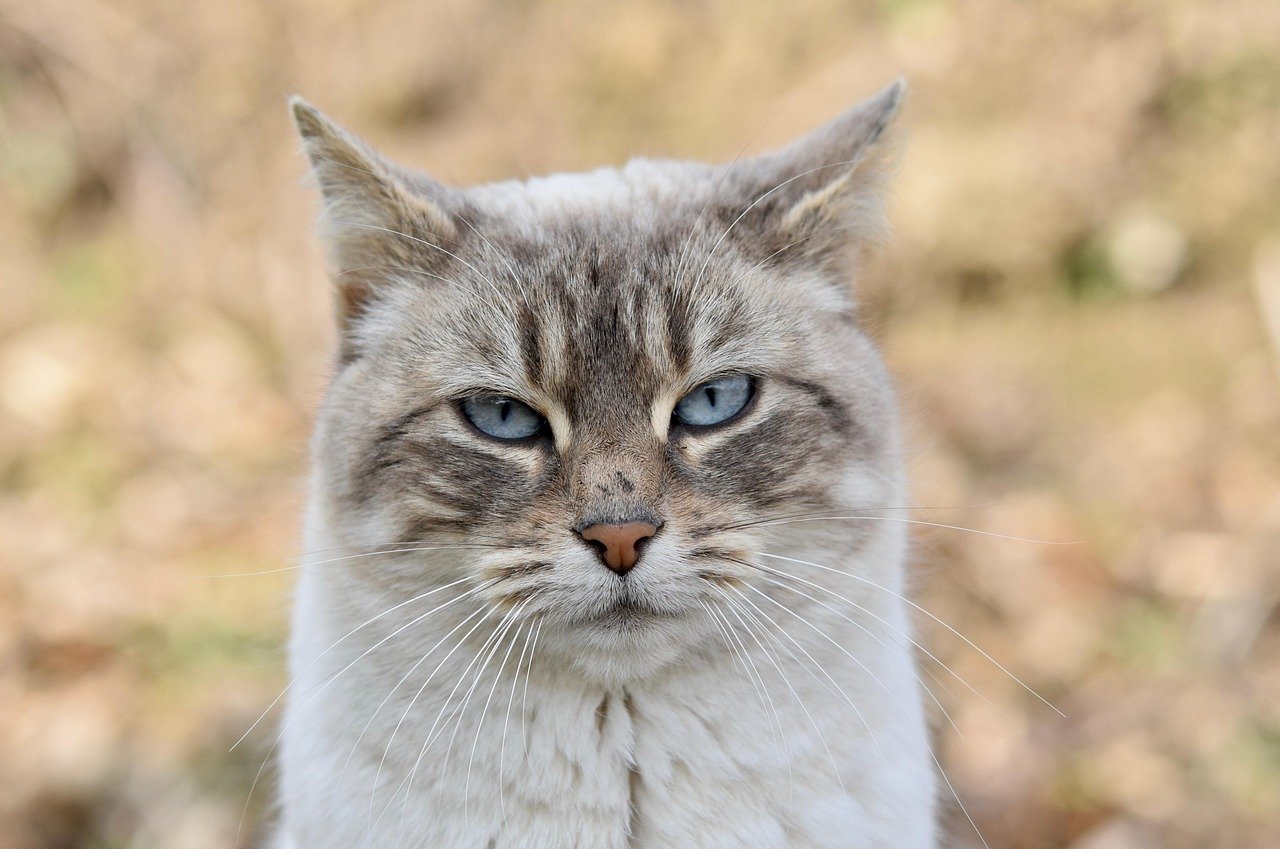
Many rescue cats are too anxious to eat when people are around at first. They may only come out at night, nibbling on food when the house is quiet. The first time your cat eats while you’re nearby, it shows they’re letting down their guard. Hunger can be a powerful motivator, but trust is the true reason behind this change. Eating is a vulnerable activity for animals, so doing it in your company is a huge leap of faith. Over time, the cat may even start to eat from your hand, further cementing the trust between you.
6. Engaging in Play
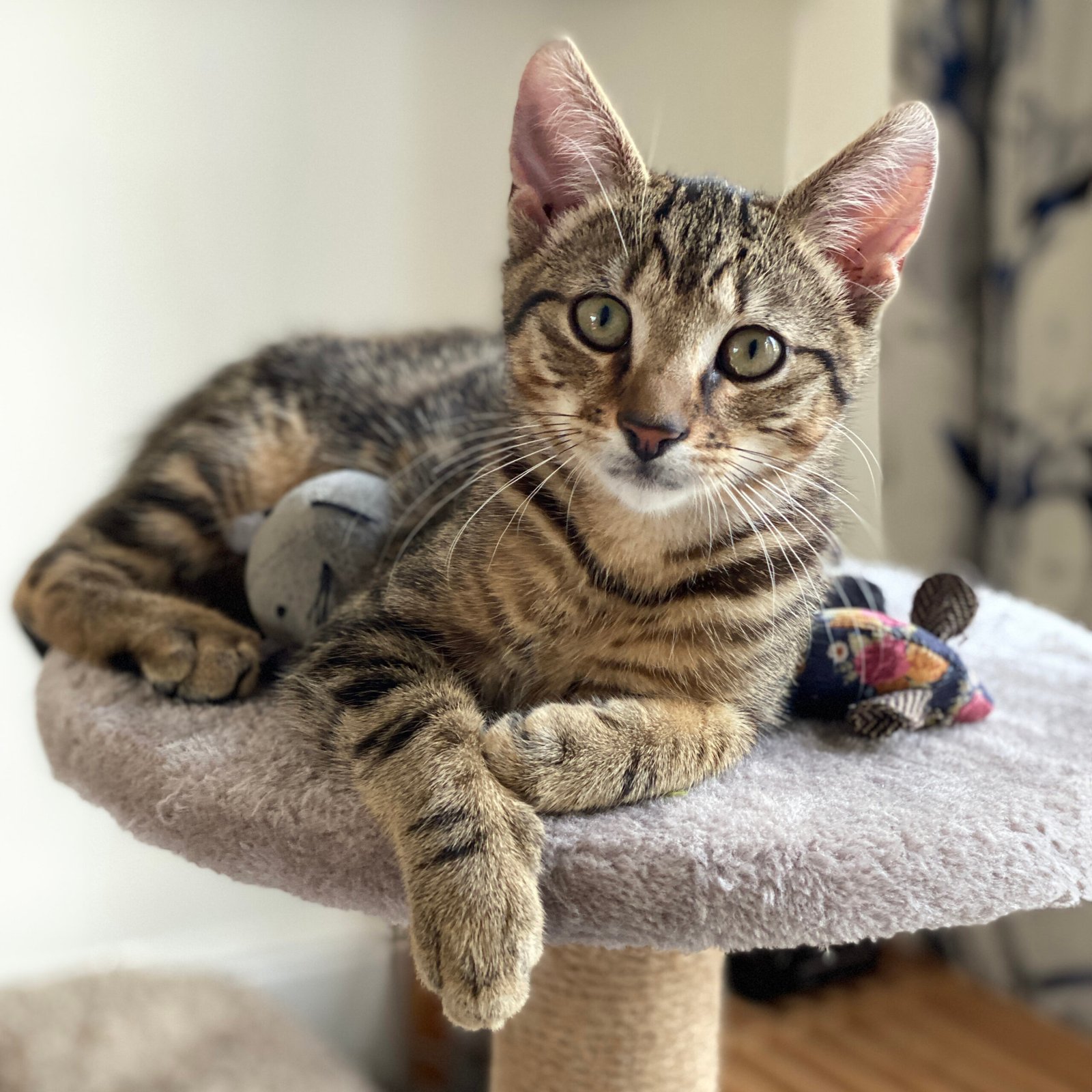
Playfulness is a sign that a cat feels safe. At first, a rescue cat might ignore toys or even shy away from them. But one day, you’ll notice a spark—a tentative bat at a feather toy or a curious sniff at a crinkly ball. When a rescue cat starts to play, even a little bit, it means their spirit is reviving. Play brings out their natural instincts and joy. This moment often brings laughter and tears for owners, as it’s a clear sign that the cat is rediscovering happiness. Playtime quickly becomes a bridge between fear and friendship.
7. Sleeping in the Open

Rescue cats usually hide when they sleep, curling up in covered, hard-to-reach places. It’s their way of protecting themselves when they’re most vulnerable. The first time you see your cat dozing in the open—on the couch, a sunny windowsill, or at the foot of your bed—it’s a wonderful surprise. This is a sign they feel safe enough to let their guard down. Sleeping in your presence signals a deep trust; they are willing to be defenseless around you. That peaceful, stretched-out pose speaks volumes about their growing confidence in their new home.
8. Quietly Following You Around

One unmistakable sign a rescue cat is learning to love is when they start following you from room to room. At first, they may keep a distance, quietly trailing behind or observing from a safe spot. But as trust grows, their presence becomes more obvious—they might sit nearby as you work, or perch on the counter as you cook. This behavior is their way of staying connected. Even if they’re not seeking direct attention, simply wanting to be near you is a huge step. It’s as if they’re saying, “I like it when you’re around.”
9. Allowing Belly Rubs (Even If Briefly)
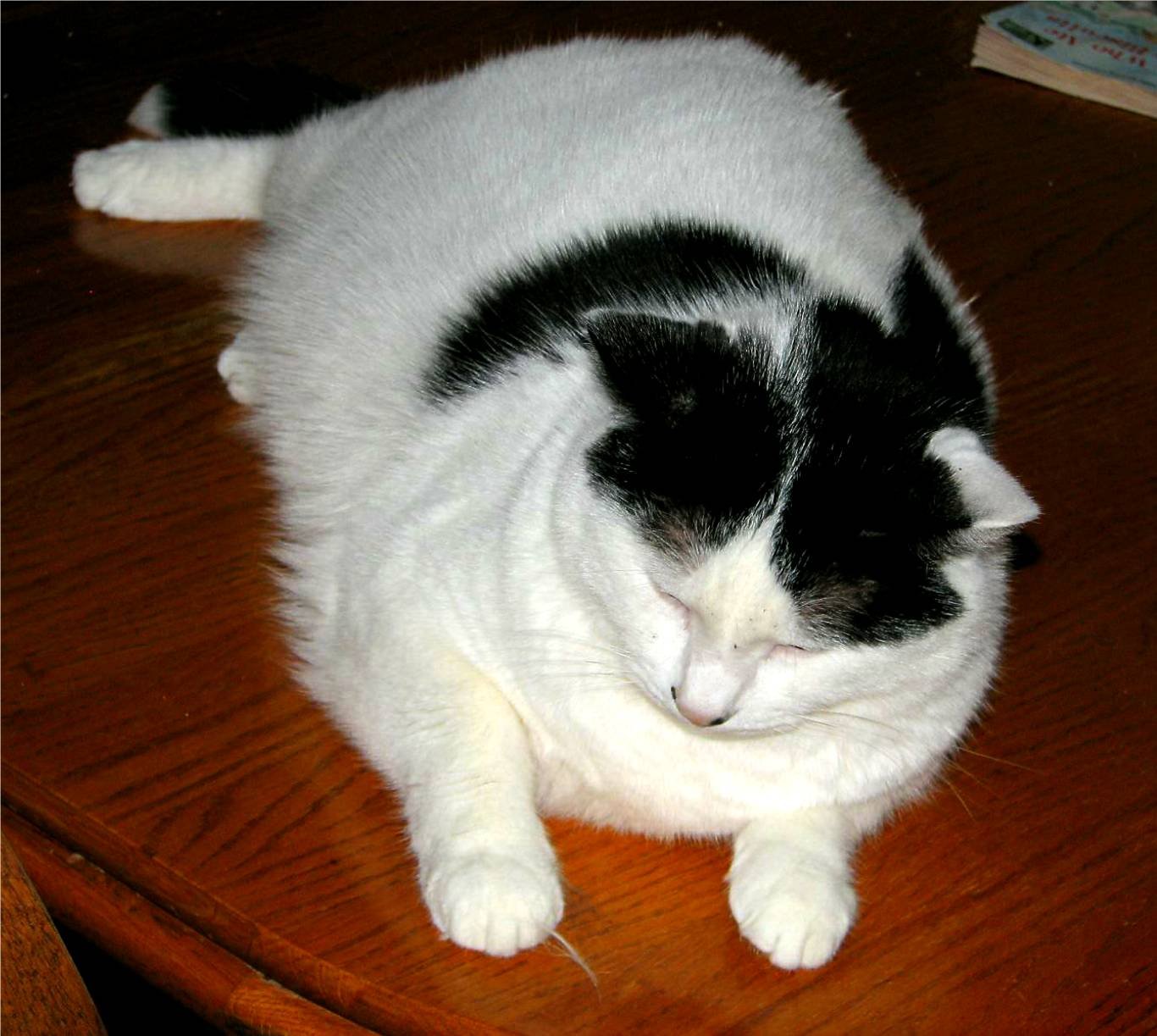
The belly is a cat’s most vulnerable spot, so a rescue cat showing their tummy is a powerful gesture. The first time they roll over and expose their belly, even if just for a moment, it’s a sign of deepening trust. Some cats may invite a quick rub, while others simply want to show their comfort. This act is the feline equivalent of letting their guard down completely. It’s a rare and special moment, often accompanied by slow blinks and soft purring. For cat lovers, it feels like the ultimate compliment.
10. Sharing Head Bumps and Nuzzles

A gentle head bump or nuzzle from a rescue cat feels like a badge of honor. This affectionate gesture is called “bunting” and is how cats mark those they trust with their scent. When your cat bumps you with their head, they’re claiming you as part of their safe space. At first, these gestures may be subtle—a shy rub against your ankle or a hesitant nudge on your hand. Over time, they grow in confidence, offering these signs of love more freely. Each nuzzle is a small, warm reminder of how far your feline friend has come.
11. Initiating Contact

When a rescue cat begins to seek you out for affection, it’s a heart-melting moment. Instead of waiting for you to approach, they might hop onto your lap, rub against your legs, or paw at your hand for pets. This shift from passive acceptance to active engagement is huge. It means your cat now connects you with positive experiences and comfort. These moments might start infrequently, but soon become daily rituals. Each time your cat initiates contact, it’s another piece of evidence that love is growing.
12. Responding to Your Voice

At first, rescue cats might ignore or shy away from human voices, unsure if the sounds mean danger or kindness. The first time your cat responds to your voice—by perking up their ears, meowing back, or coming when called—it’s an exciting breakthrough. They’re learning that your voice is associated with safety and good things. Over time, you may notice your cat coming to greet you when you enter a room, or even responding to their name. It’s a beautiful sign of recognition and attachment.
13. Accepting Other Pets
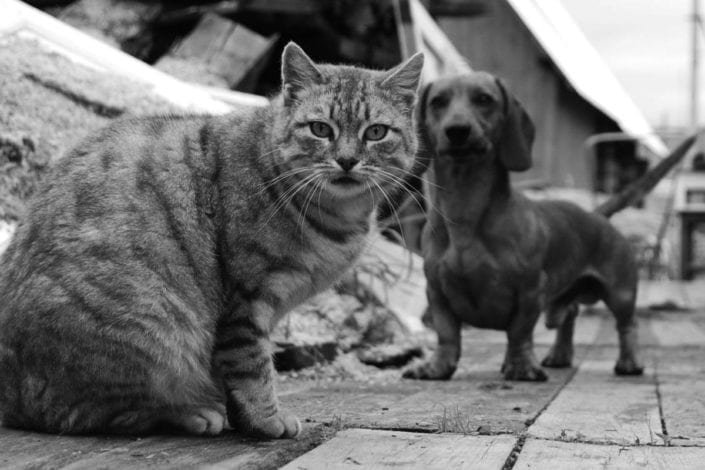
For rescue cats, other animals in the home can be a source of stress or comfort. Initially, they may keep their distance, hissing or hiding when other pets are near. Over time, a cat learning to love again might start to tolerate, or even befriend, their furry housemates. You may catch them sharing a sunbeam, playing together, or even grooming each other. This acceptance shows that your rescue cat is feeling more secure, not just with you, but in their entire environment. It’s a sign of true healing.
14. Showing Curiosity About Visitors

Many rescue cats are wary of strangers, often disappearing when guests arrive. The first time your cat stays in the room or approaches a visitor is a proud moment. Their curiosity signals growing confidence and a willingness to expand their social circle. They might sniff a new hand, observe from a safe distance, or even allow a gentle pet from a trusted friend. This budding curiosity is a sign that your cat is feeling at home and less threatened by change.
15. Grooming in Your Presence

Cats groom themselves to relax and feel comfortable. When a rescue cat starts cleaning themselves while you’re around, it’s a signal they feel safe. Grooming is an intimate, vulnerable act; doing it in front of you shows trust. Some cats will even start to groom you—a gentle lick on your hand or a lick on your hair. This behavior is their way of bonding and showing affection. It’s another layer of trust and love being revealed.
16. Sleeping on or Near You

Perhaps the sweetest milestone is when a rescue cat chooses to sleep on or beside you. Sleeping close is the ultimate gesture of faith. Your cat might curl up on your lap, snuggle against your side in bed, or rest at your feet. These moments say: “I feel completely safe with you.” The warmth of their fur and their peaceful breathing create an unspoken connection. For many, this is the moment when they truly feel their rescue cat loves them back.
17. Bringing You “Gifts”

Some cats express their affection by bringing their humans small “gifts”—a favorite toy, a piece of string, or, in rare cases, a bug they’ve caught. This behavior harks back to their instincts as hunters and providers. When a rescue cat begins to present you with little treasures, it’s their way of sharing and bonding. Even if the “gift” is unexpected or a little gross, it’s a clear sign of trust and affection. It shows your cat sees you as part of their family.
18. Showing Their Playful Side at Unexpected Times

A cat’s playful side is often hidden when they’re scared or anxious. When a rescue cat suddenly leaps onto the couch, chases a dust bunny, or pounces on your toes, it’s a delightful surprise. These spontaneous bursts of play show that your cat is shedding their old fears and embracing joy. Their playful antics invite you to join in and share the fun, deepening your bond even further.
19. Making Eye Contact and Slow Blinking
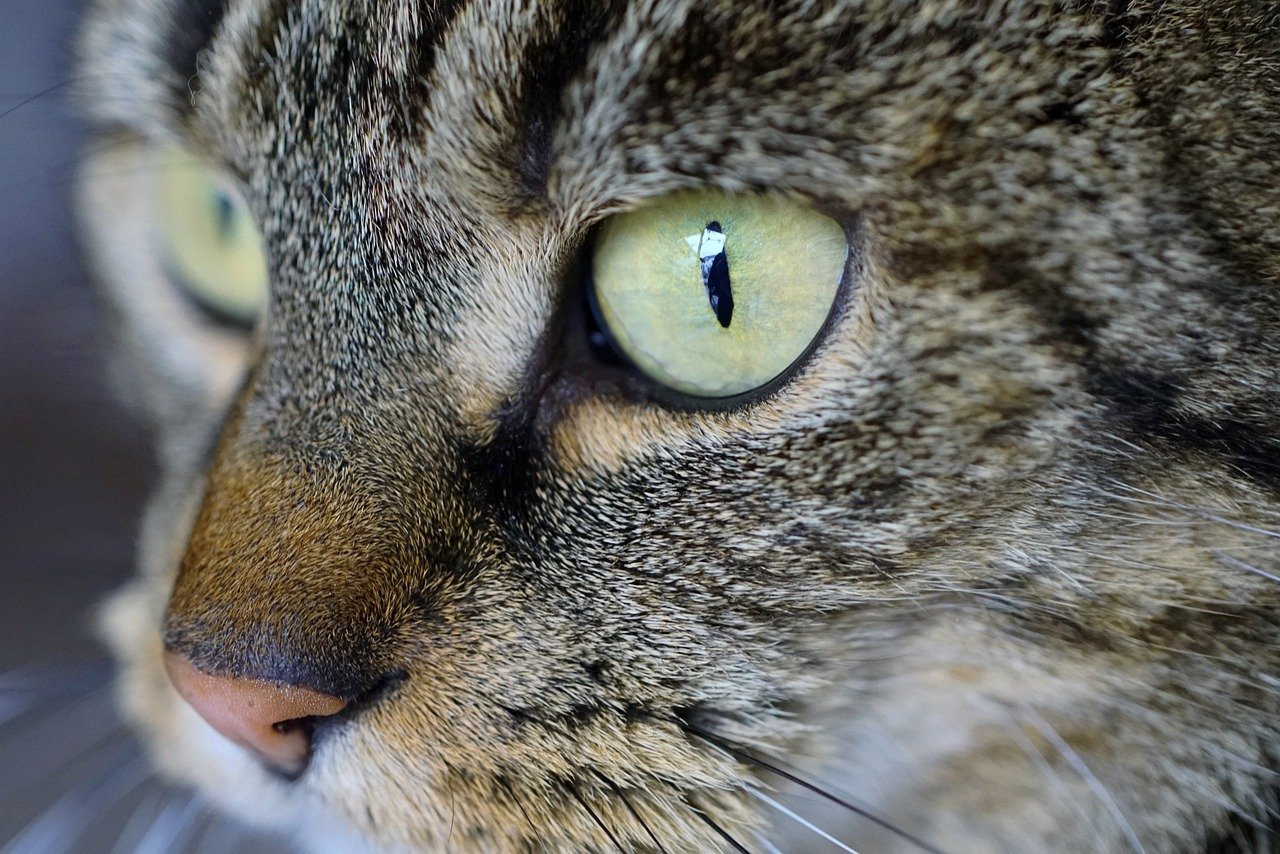
Cats communicate trust and affection with their eyes. The famous “slow blink” is a cat’s way of saying, “I trust you.” If your rescue cat makes eye contact and then slowly blinks, it’s a sure sign they feel safe. You can even try slow blinking back to reinforce the bond. These silent conversations are filled with meaning and emotion, forging a gentle connection between you and your cat.
20. Greeting You at the Door

The ultimate sign of a rescue cat learning to love again is when they begin to greet you at the door. Whether it’s a quiet meow, a tail held high, or an excited dash to your feet, this welcome is pure joy. It means your cat has not only accepted you but looks forward to your return. This moment, simple as it may seem, is the culmination of patience, kindness, and unwavering love.
Hi, I’m Bola, a passionate writer and creative strategist with a knack for crafting compelling content that educates, inspires, and connects. Over the years, I’ve honed my skills across various writing fields, including content creation, copywriting, online course development, and video scriptwriting.
When I’m not at my desk, you’ll find me exploring new ideas, reading books, or brainstorming creative ways to solve challenges. I believe that words have the power to transform, and I’m here to help you leverage that power for success.
Thanks for stopping by, Keep coming to this website to checkout new articles form me. You’d always love it!






